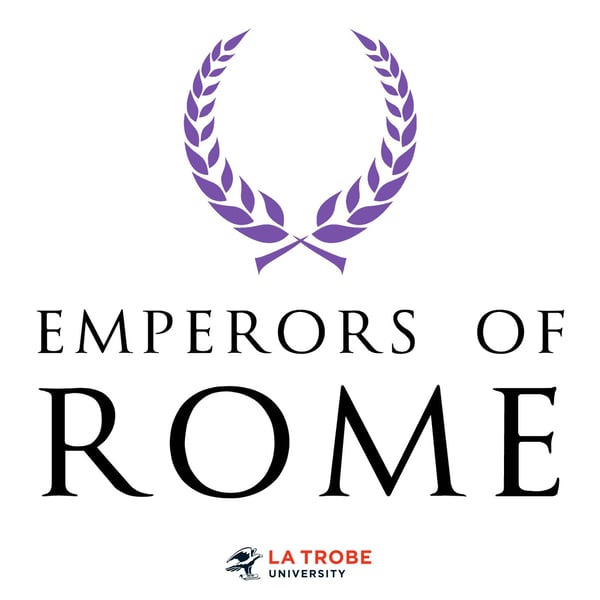Interlude - The Singing Colossus of Memnon
Emperors of Rome
La Trobe University
4.8 • 1.7K Ratings
🗓️ 4 October 2016
⏱️ 10 minutes
🧾️ Download transcript
Summary
Transcript
Click on a timestamp to play from that location
| 0:00.0 | Are they and welcome to Emperor's of Rome, a podcast about the rulers of the ancient Roman Empire. |
| 0:11.0 | I'm your host Matt Smith and with me as always is Dr. |
| 0:14.3 | Rianna Evans, a lecturer in ancient Mediterranean studies at Latrobe University. |
| 0:18.9 | We now take a brief interlude to explore a story that came in between the story that we previously were exploring. |
| 0:25.2 | I now present you with the singing Colossus of Memnon. Here's Rianna Evans. |
| 0:30.7 | So Hadrian was the ultimate tourist. He spent a lot of time traveling around his empire and one of the places that he visited on his big travels was Egypt. He was there in late 130 CE and in November he is traveling |
| 0:49.2 | down the Nile and he does one of the tourist stops that everybody who visited Egypt wanted to do. |
| 0:55.4 | So if you had the rough guide to Egypt back in Antiquity, this would be one of the highlights. |
| 1:00.3 | And that is to go visit the so-called singing statue of Memnon, which is near Luxor, near a burial ground near the necropolis. |
| 1:11.0 | And it's actually two statues, two enormous statues, which aren't of Memon. |
| 1:16.0 | They're made of sandstone. |
| 1:18.0 | They're near the temple of Amenhotep the third, so presumably they represent him. |
| 1:24.3 | So when Hadrian was there, this was literally a stop on the tourist route, |
| 1:28.3 | wasn't it? |
| 1:29.0 | Absolutely. |
| 1:29.8 | So how long had people been going there for do you think? |
| 1:33.2 | The earliest Greco-Roman reference we have is from Strabo, who is an early imperial writer. |
| 1:40.6 | And he's a geographer, so he does write about those regions but the actual statues had been there since |
| 1:46.7 | about 1400 BC so it may have been a tourist stop for quite a lot longer. |
| 1:52.1 | In this context, they're singing statues. |
| 1:55.0 | They are. |
| 1:56.0 | What does that mean by that? |
... |
Please login to see the full transcript.
Disclaimer: The podcast and artwork embedded on this page are from La Trobe University, and are the property of its owner and not affiliated with or endorsed by Tapesearch.
Generated transcripts are the property of La Trobe University and are distributed freely under the Fair Use doctrine. Transcripts generated by Tapesearch are not guaranteed to be accurate.
Copyright © Tapesearch 2025.

